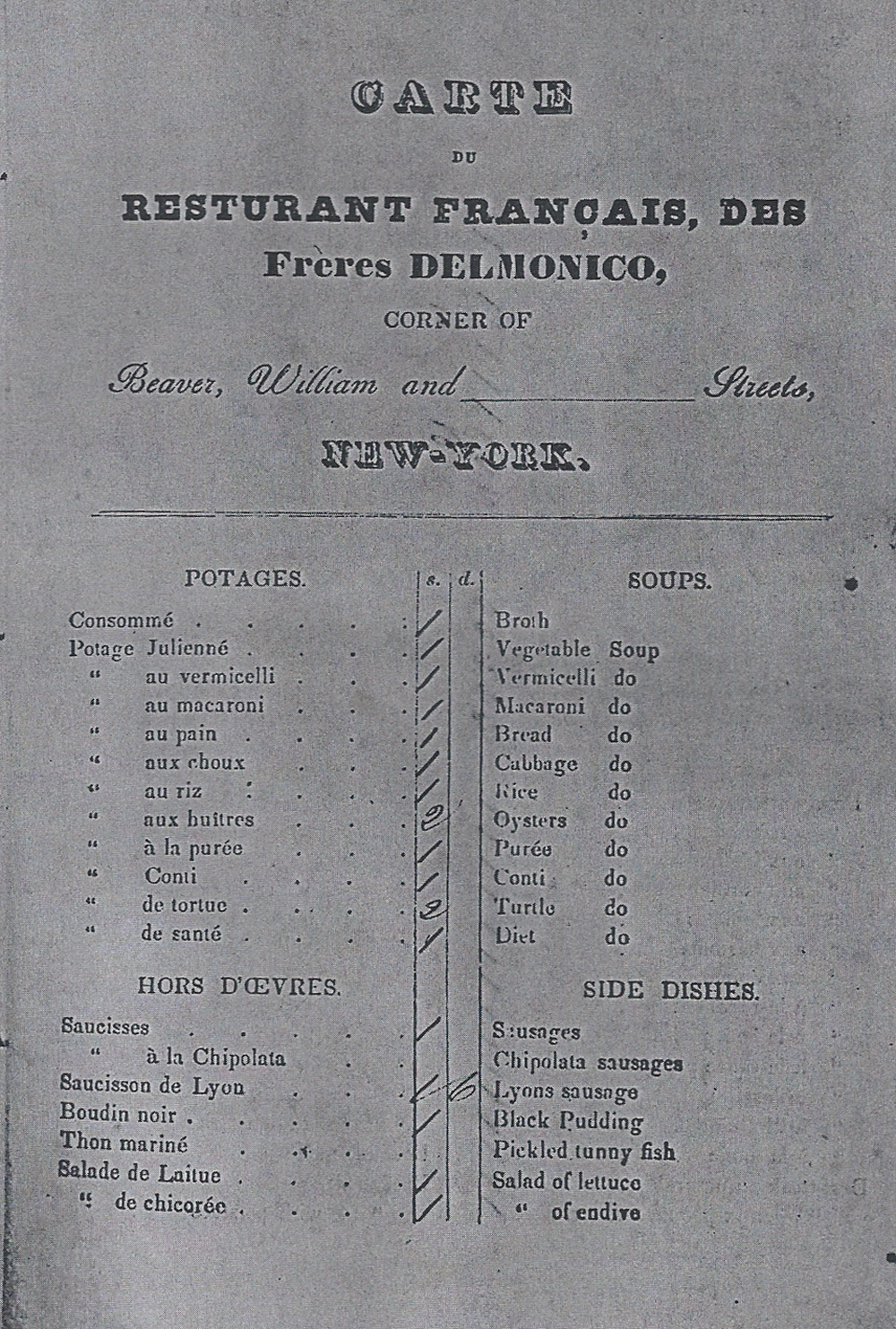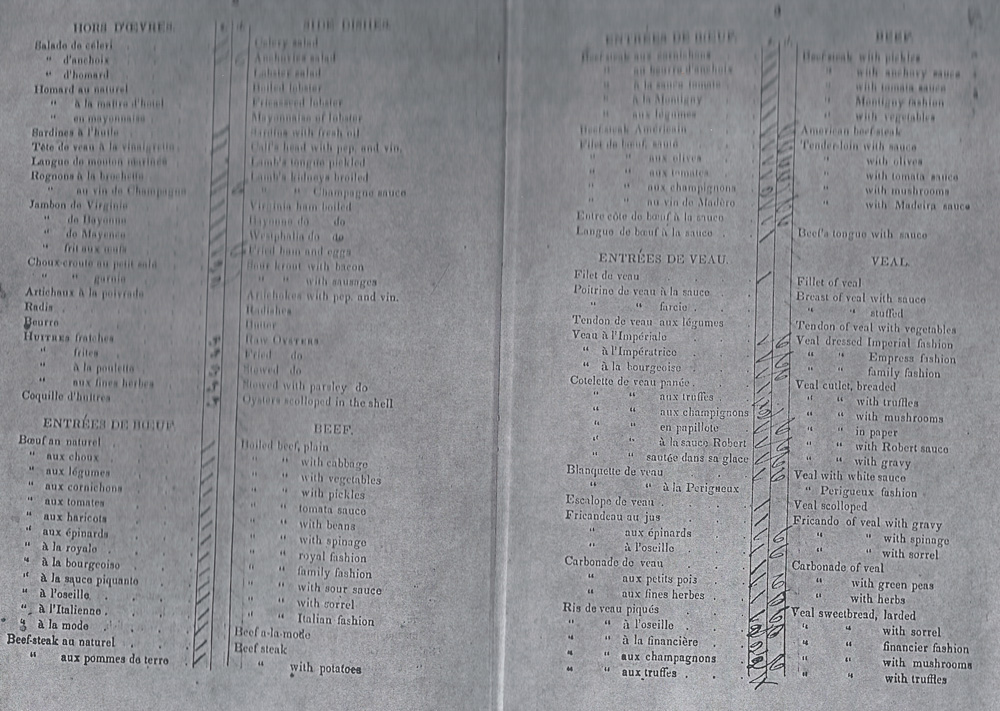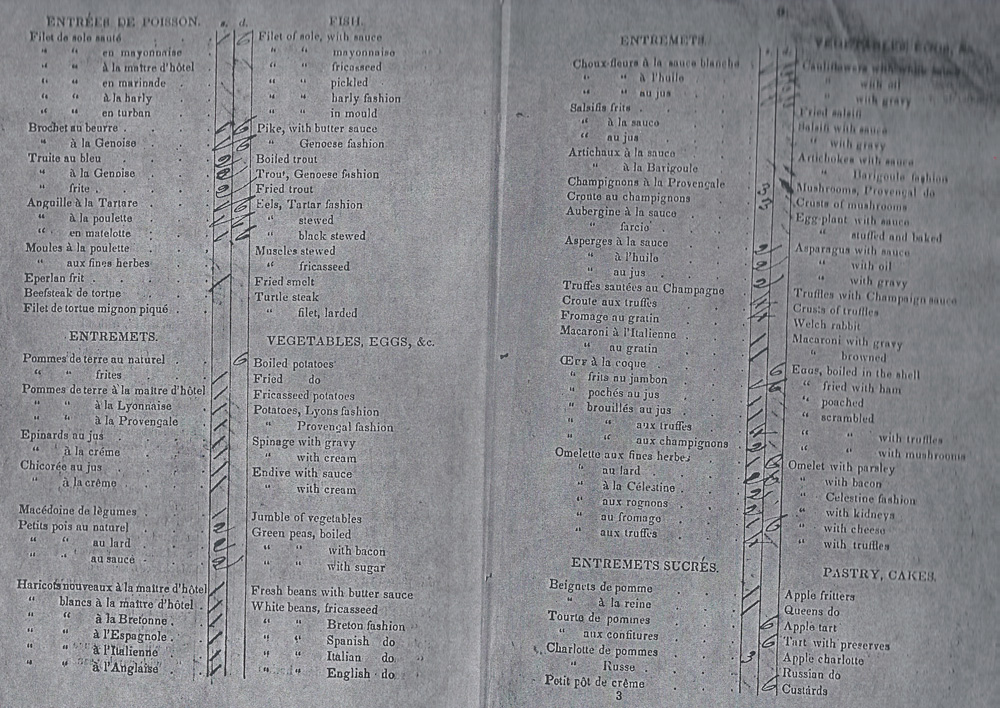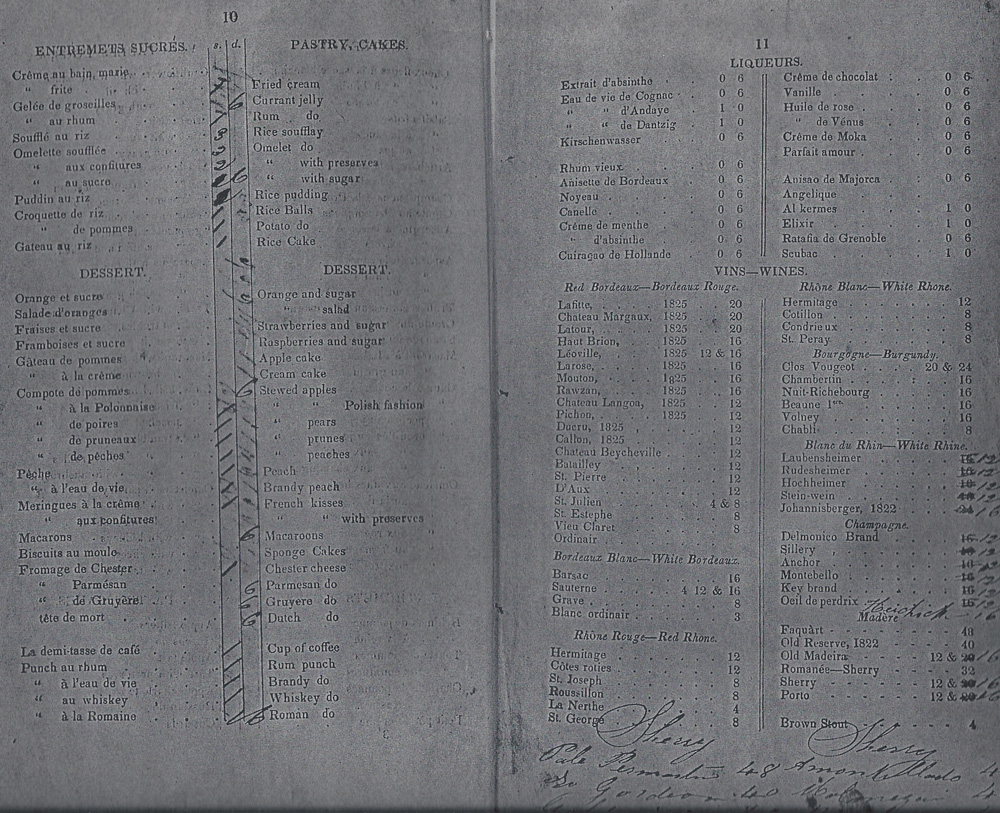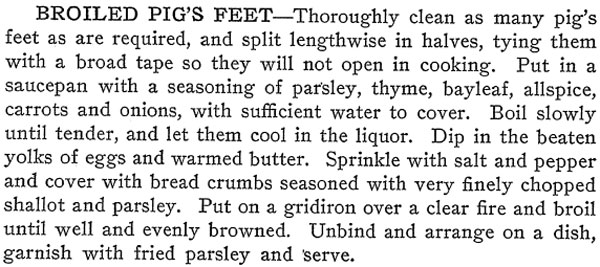Appetite City: Diners
I’m not old enough to know diddly about Schrafft’s, the New York City restaurant chain, first hand; but everyone who does always remembers the cheese bread. There’s only one known recipe for the famous cheese bread and it looks like this:  This document was dug up by Joan Kanel Slomanson, the author of When Everybody Ate at Schrafft’s: Memories, Pictures, and Recipes from a Very Special Restaurant Empire
This document was dug up by Joan Kanel Slomanson, the author of When Everybody Ate at Schrafft’s: Memories, Pictures, and Recipes from a Very Special Restaurant Empire. It gives the proportions to make cheese bread on an industrial scale; it seems like it would be simple to just scale it down, right? Wrong! The problem is the mystery ingredient: cheese tang! So what is a cheese tang? No one seems to know, or remember. It was allegedly produced by Kraft, and some researchers have gone as far as to call the Kraft company and ask about it. No one has any memory of its existance. With the loss of cheese tang, Schrafft’s cheese bread is gone to the ages. Hold the phone. Time to do some deductive reasoning. You know what else Kraft makes? Tang. Like, orange Tang, that went up with the astronauts. Tang is a bright orange, orange-flavored powder. So perhaps cheese Tang is a bright orange, cheese-flavored powder. Now in what Kraft product can one get bright orange, cheese-flavored powder?

This is my theory and I think it’s a good one! At any rate, the bread made with Mac N’ Cheese powder is phenomenal and will be devoured within minutes of exiting your oven. Should you have some left overs, toast it before consumption: it’s best warm.
***
Schrafft’s Cheese Bread
Adapted from the original Schrafft’s recipe, as reprinted in When Everybody Ate at Schrafft’s: Memories, Pictures, and Recipes from a Very Special Restaurant Empire by Joan Kanel Slomanson, published 2007.
1 ¾ cups warm water
2 tsp salt
1 ½ tsp sugar
1 tsp – 1/4 cup powdered cheese (depending on desired cheesiness); either from a Mac & Cheese box, or from online
3.5 cups flour
1 cup grated sharp cheddar.
 A delicious loaf of cheese bread.
A delicious loaf of cheese bread.


